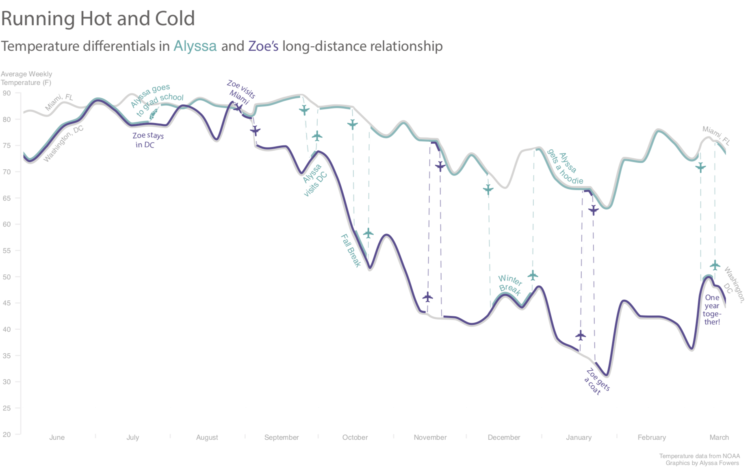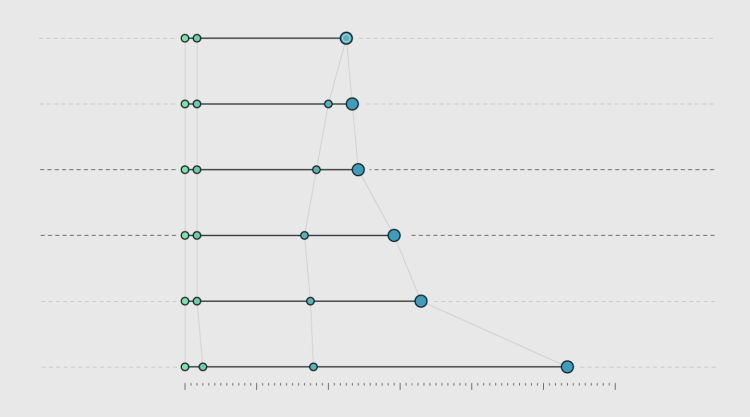Trey Harris, a previous tech administrator for a university, tells the story of a statistics department that couldn’t send email farther than 500 miles away. The story is more about the peculiarities of server admin in 2002, but I’m more interested in those statisticians:
“We could send email. Just not more than–”
“–500 miles, yes,” I finished for him, “I got that. But why didn’t you call earlier?”
“Well, we hadn’t collected enough data to be sure of what was going on until just now.” Right. This is the chairman of *statistics*. “Anyway, I asked one of the geostatisticians to look into it–”
“Geostatisticians…”
“–yes, and she’s produced a map showing the radius within which we can send email to be slightly more than 500 miles. There are a number of destinations within that radius that we can’t reach, either, or reach sporadically, but we can never email farther than this radius.”
Honestly, I’m not sure what’s more surprising: the 500-mile physical limitation on email or the statisticians troubleshooting for a few days before contacting the tech. [via kottke]



















 Visualize This: The FlowingData Guide to Design, Visualization, and Statistics (2nd Edition)
Visualize This: The FlowingData Guide to Design, Visualization, and Statistics (2nd Edition)










